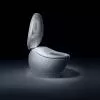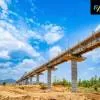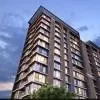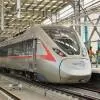
Vertical Transportation equipment being the lifeline of any tall building

Swamiraj Rebrands as House of Swamiraj, Announces Rs 210 Cr Project
In a strategic shift marking its evolution from a reputed builder to a lifestyle-focused brand, Swamiraj Constructions has rebranded as House of Swamiraj. With a two-decade legacy and over 1,700 homes delivered across the Mumbai Metropolitan Region (MMR), the company is embracing a new phase centred on community-driven, wellness-oriented living. The rebranding was unveiled via a digital campaign titled #BeyondDimensions, executed in three phases—teaser, engagement, and launch. The campaign spotlighted the brand’s renewed commitment to designing homes that go beyond function to foster ..

Morpho Dimensions Set to Cross Rs 1 billion Revenue in FY 25–26
Morpho Dimensions, a venture of acclaimed architecture and design firm Morphogenesis, is transforming India’s office interiors landscape with a technology-first, design-led approach. With a secured orderbook of Rs 700 million and additional projects in the pipeline, the firm is confidently on track to cross Rs 1 billion in revenue in FY 2025–26. By combining Artificial Intelligence (AI), Building Information Modelling (BIM), and Virtual Reality (VR), Morpho Dimensions enables clients to visualise and step into immersive, ready-to-operate workspaces within 90 days—ushering in a new bench..
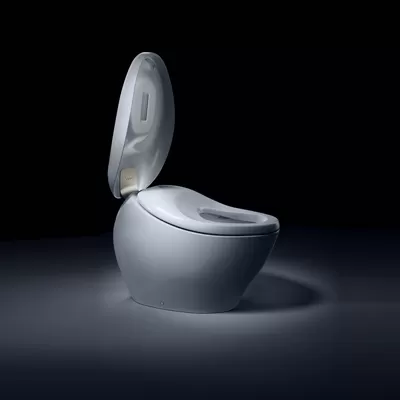
TOTO’s NEOREST Surpasses 4 Million Global Shipments
TOTO has announced that its flagship smart toilet, NEOREST, has surpassed 4 million global shipments as of March 2025, marking a major milestone in the evolution of luxury sanitation and setting a new global benchmark in design-led hygiene innovation. Launched in 1993 with the aim to redefine conventional toilets, NEOREST has consistently merged cutting-edge technology with minimalist design. Over three decades, it has become a category-defining product, earning global acclaim with prestigious honours including the iF Design Award, Red Dot, and Green Good Design Awards. The integrate..




